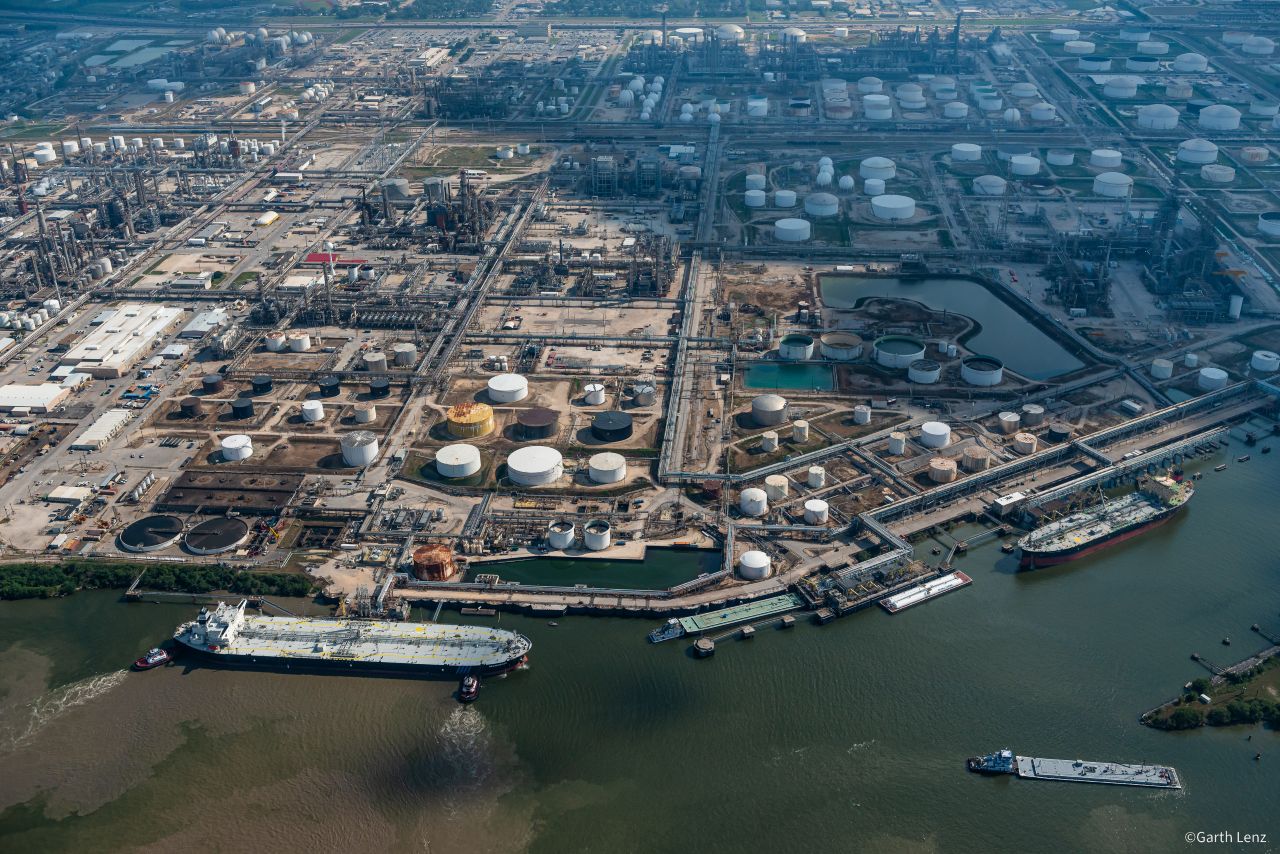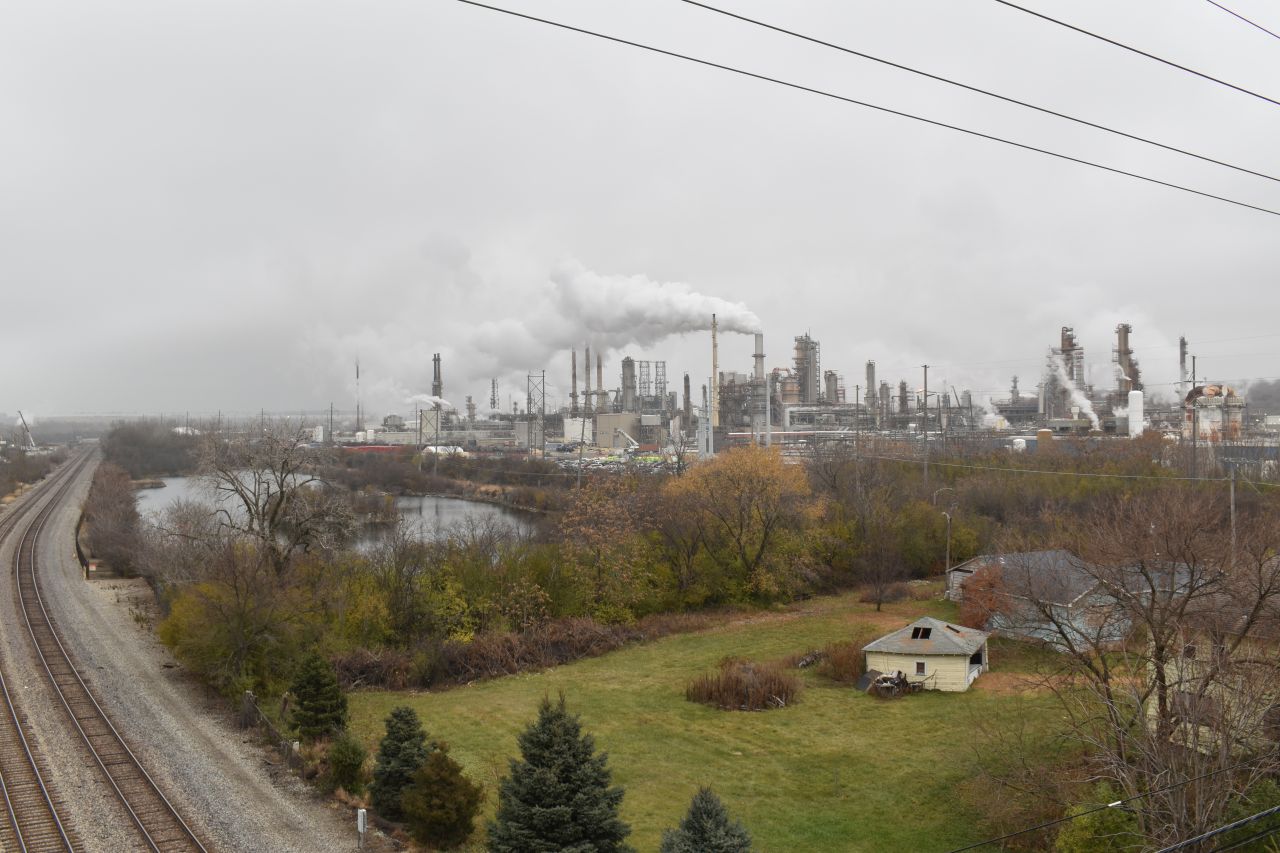Study: Air pollution from oil and gas flares severely underestimated
When the sun goes down in the sparsely populated Permian Basin of West Texas, it’s often no easier to see the stars than in downtown Houston or Dallas. Dozens of dancing orange flames light up the horizon – flares from the oil wells and energy processing sites that dot the landscape.
Flaring is the process of burning away natural gas and contaminants by energy companies eager to harvest the more valuable associated crude oil. The oil and industry, as well as the Environmental Protection Agency, both generally assume that flaring breaks down approximately 98 percent of methane and other waste gases.
However, a study published Sept. 28 in the journal Science is challenging that figure, with big implications for the global climate. Researchers with the University of Michigan, Stanford University, and nonprofit group Environmental Defense Fund (EDF) found that flares consume much less methane than assumed – 91.1 percent, on average.
While the difference between 98 percent and 91.1 percent can seem small on paper, in reality it means that 43 million more tons per year of methane every year are pouring into the atmosphere – the equivalent of the emissions from almost 3 million cars and trucks.
Flaring's impacts on local air pollution can be significant, as well. Hundreds of flares are active in the Permian Basin in Texas and New Mexico – many of them unpermitted, according to a 2021 Earthworks report. The air pollution in the region is significant enough that EPA is currently considering whether to designate the Permian’s air as too polluted with ozone to meet federal health standards.
A stark example of how much air pollution can flow from a single flare can be found near the West Texas town of Crane, a crossroads of 3,600 people about a half hour south of Odessa.


Two flares owned by Chevron in the McElroy oil field, part of the Permian Basin, have released more than 5,000 tons sulfur dioxide air pollution over the last five years, according to reports filed with the Texas Commission on Environmental Quality. Sulfur dioxide is a toxic chemical that contributes to ground-level ozone (smog) and can trigger asthma and heart attacks. The amount of sulfur dioxide released by one of the flares at the McElroy plant was more than 21,000 times its legal limit last year. One of the flares is labeled and "emergency flare," while the other is tied to a water injection and oil processing facility.
Chevron’s public relations team recently wrote a post about the company’s “minimizing gas flaring in the Permian” as part of a “culture of environmental accountability.”
But these claims don’t square with the data on pollution emissions from the two flares in the McElroy field. Of these chemicals, nitrogen oxides (NOx) and volatile organic compounds (VOCs) worsen ozone pollution. Ozone irritates and damages the lungs and has been linked to chronic conditions such as asthma and heart disease.
Pressure by investors and EPA to reduce flaring
Critics also complain that the practice of flaring is wasteful, and that oil and gas companies could reuse all the flared and vented gas for more productive purposes. In 2019, Pioneer Natural Resources CEO Scott Sheffield called the practice a “black eye for the Permian Basin” at an energy conference.
Investors are increasingly pressuring oil and gas companies to reduce their flaring. Chevron, ConocoPhillips, Eni, Equinor, ExxonMobil, Repsol, Shell and Total have signed on to a World Bank pledge to eliminate routine flaring by 2030, according to a report by EDF.
The EPA may soon take a more active role in forcing drillers and well operators to curb their flaring emissions. In November 2021, the agency stated that it intends to issue a rule by the end of 2022 that would eliminate venting entirely and cut out flaring at wells where gas pipelines are available. This means that hundreds of oil wells in remote locations with no nearby pipelines would still be allowed to flare.
Even so, the EPA states that its proposal would reduce methane emissions by 41 million tons from 2023 to 2025 – the equivalent of 920 million tons of carbon dioxide. That’s more than the amount emitted by all passenger cars and commercial aircraft in the U.S. in 2019.
This year, the EPA also agreed to reconsider rules on industrial flaring at sites such as oil export terminals and plastics plants. The move came as a result a result of a lawsuit led by Environmental Integrity Project and nine other environmental groups, which had sued the agency over pollution allowed in its decades-old flaring rules.
Nationwide, flaring data show a steep rise in natural gas burned off or released directly to the atmosphere over the past 15 years, coinciding with the boom of shale oil and gas production in states such as Texas, Pennsylvania, North Dakota, New Mexico, and Colorado.
The volume of natural gas flared and vented nationwide went from under 100 billion cubic feet per year in 2005 to a high of 539 billion cubic feet per year in 2019, according to U.S. Energy Information figures. Flaring declined nationwide on average in 2020, a result of less drilling because of pandemic-related oil price slump.
The University of Michigan flaring study
The University of Michigan study relied on direct measurements taken from airplanes flying over flaring sites in the three largest basins for oil production in the U.S. – the Permian and Eagle Ford in Texas, and the Bakken in North Dakota. Combined, the three regions account for more than 80 percent of U.S. flaring.
“If measures were taken to ensure that U.S. flares operated at 98 percent efficiency and remained lit, as current accounting assumes, this would be equivalent to removing 2.9 million cars from the road each year these mitigation measures were in place,” the study states.
At oil and gas well sites, flaring can be routine, such as when there are no pipelines or other infrastructure to store the gas. Operators also flare gas during emergencies, such as to relieve build-ups of pressure to avoid ruptures and explosions. Flaring is also common at larger facilities such as compressor stations, gas processing plants, refineries, and petrochemical facilities.
Venting– when methane and other waste gases spew directly into the air, without being burned – is less visible but more harmful. The University of Michigan study found that an average of 4.1 percent of flares in the Permian, Bakken, and Eagle Ford basins are unlit.
The causes for unlit flares can be as simple as a pilot light on the equipment going out with no one nearby to relight it. Flare lines can also get clogged with liquid, obstructing the flow of gases.
“They’re all solvable issues,” said Colin Leyden, Texas political director for Environmental Defense Fund. “But it would take investment of both time and new equipment.”
....................................................................................................................................................................................
Lead photo: A flare burns off natural gas at an oil well in the Bakken Shale formation in North Dakota. Trudy E. Bell, 2015. Photo courtesy of FracTracker Alliance.















